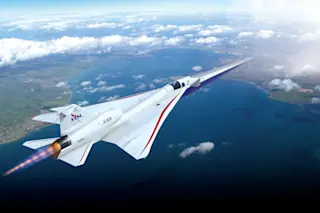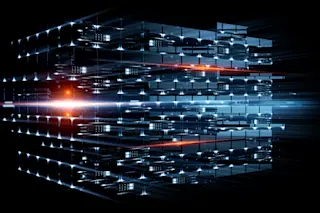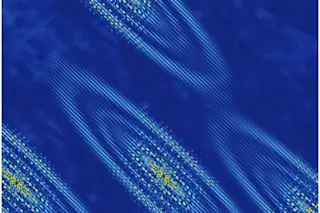Last Friday night between 10:15 and 10:30 pm, six airplanes flying into Sydney Airport were victims of the city's first coordinated laser attack, in which some miscreants shined lasers at the folks operating the flying tin cans carrying lots of people. The potentially dangerous maneuver provoked the government to consider banning laser pointers or classifying them as illegal weapons. (Shining laser beams at aircraft is already punishable by two years' jail time and fines of up to $30,000.)
You may not have heard of this kind of thing, but the attack is not an isolated incident. According to Civil Aviation Safety Authority spokesman Peter Gibson, "there are five to six reports every week around Australia. It is extremely dangerous as it can temporarily blind a pilot or distract them as they are coming in to land." The US has seen a laser attack or two, as well—and of course the ...













